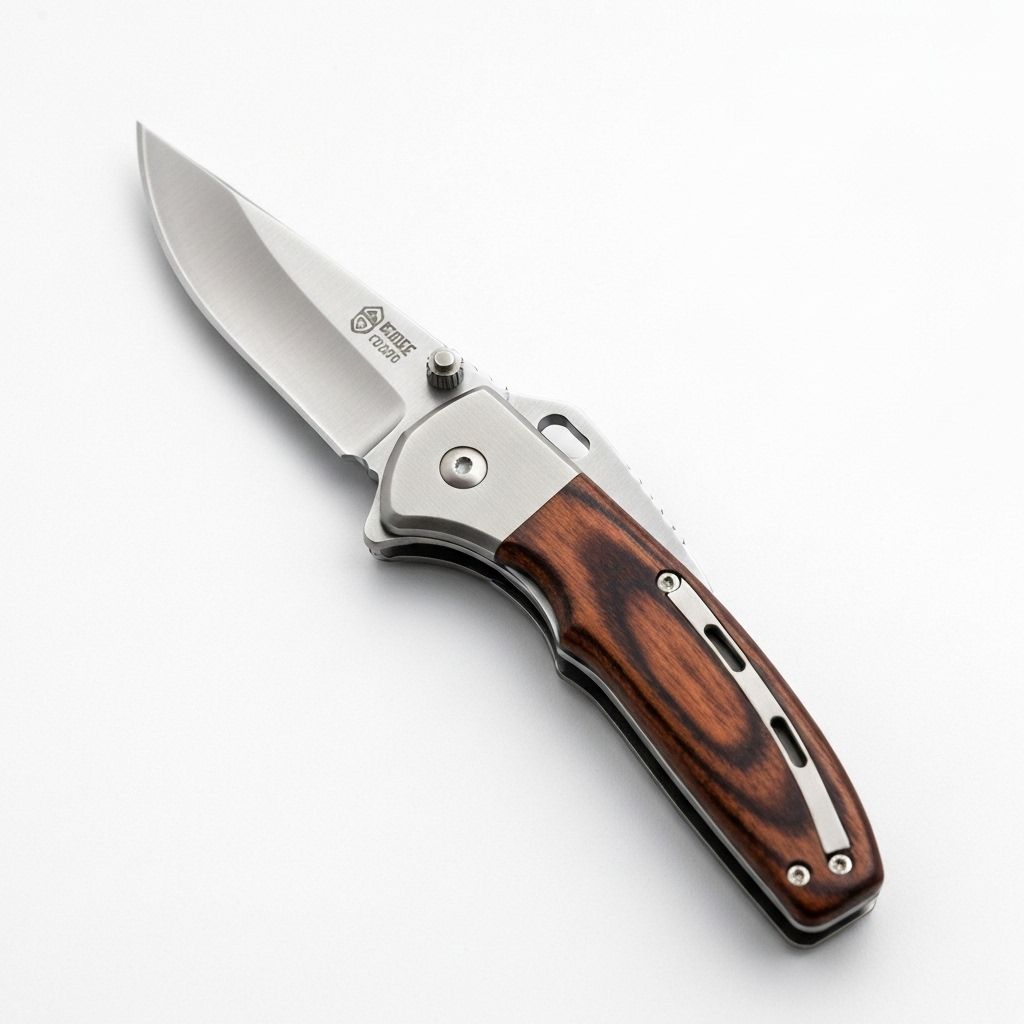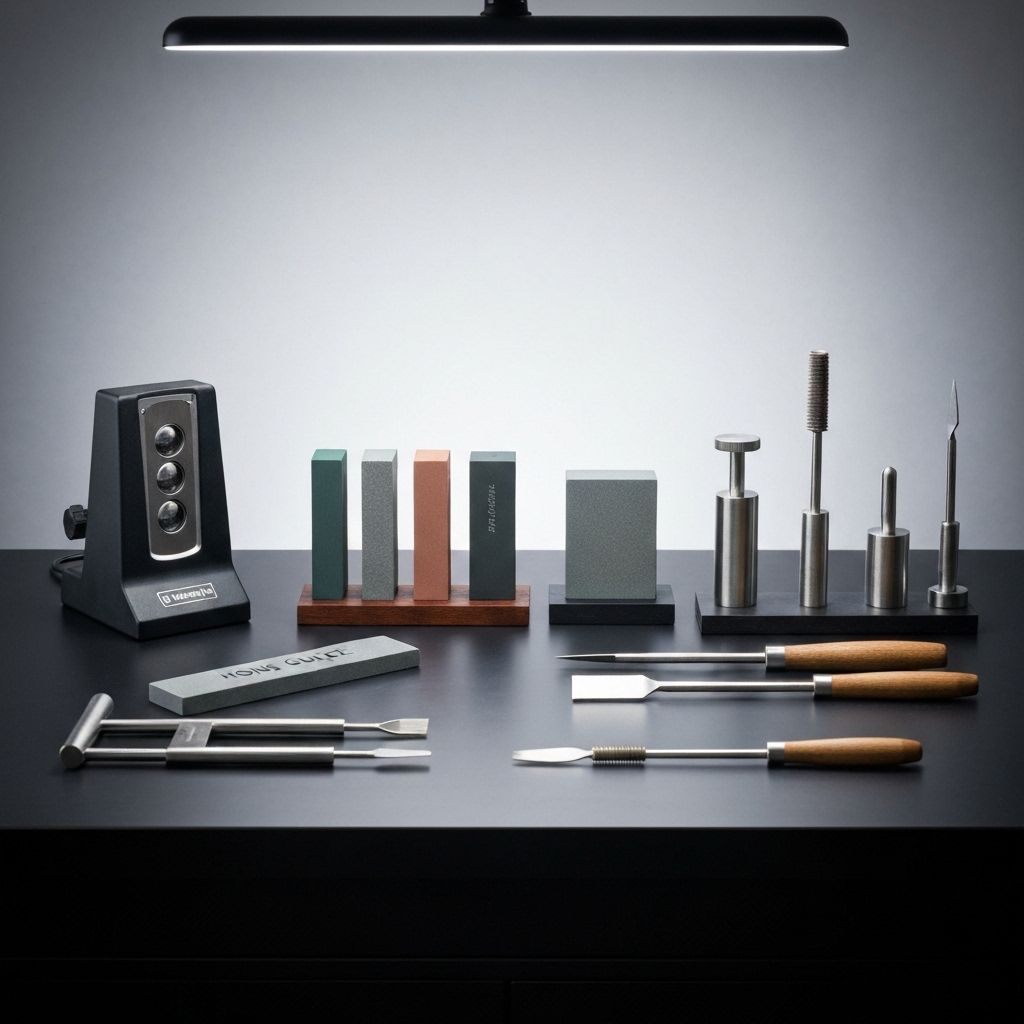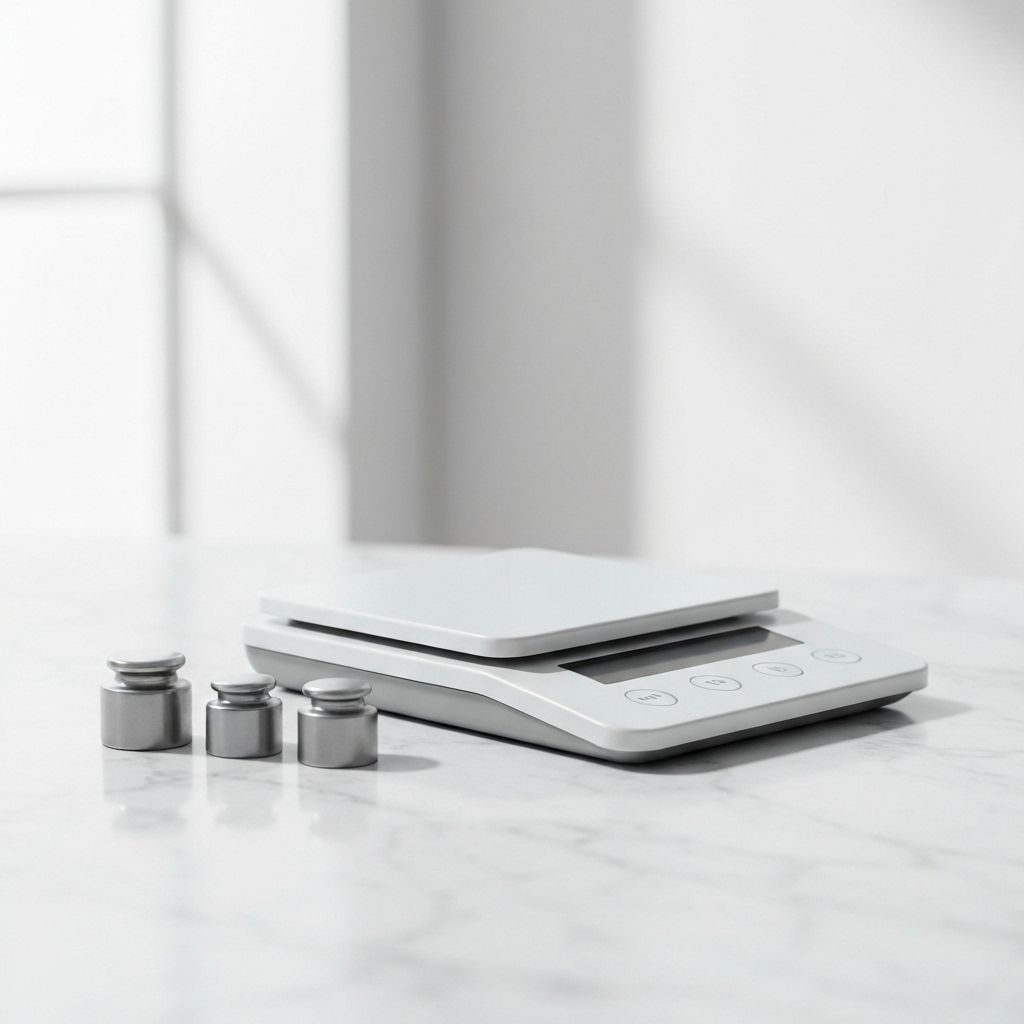Pocket Knives for Personal Safety: A Practical Guide
Understanding the role of pocket knives in personal safety, legal considerations, and choosing the right everyday carry tool.
- Answer the main question in one sentence.
- Give the best pick and why in one line.
- Link to the product or guide for next step.

Personal safety tools require careful consideration of practicality, legality, and actual effectiveness. Pocket knives serve multiple everyday functions while providing a measure of security, but understanding their limitations and proper use is essential.
The primary value of carrying a pocket knife lies in its utility rather than defensive capability. Opening packages, cutting cord, food preparation during outdoor activities—these represent the knife's most frequent applications. The psychological comfort of having a tool available contributes to confidence in various situations.
Legal considerations vary dramatically by jurisdiction. Blade length restrictions typically range from 2.5 to 4 inches for folding knives, with some areas prohibiting certain opening mechanisms entirely. Research local laws before carrying any knife, as violations can result in serious legal consequences regardless of intent.
For those seeking a safety tool, specific features enhance practicality. One-handed opening mechanisms enable quick deployment when needed. Pocket clips ensure the knife remains accessible without requiring bag searches. Locking mechanisms prevent accidental closure during use, a critical safety feature.
Size and weight affect daily carry comfort. Knives under 3 ounces disappear in a pocket, encouraging consistent carry. Larger, heavier options often get left at home despite superior capabilities. The best safety tool is the one you actually have when needed.
Training transforms a knife from liability to asset. Understanding basic grip techniques, safe opening and closing procedures, and appropriate use scenarios prevents accidents. Many communities offer knife safety courses that cover legal, practical, and technical aspects of everyday carry.
// RELATED_ARTICLES

Precision Maintenance: Caring for Your High-Carbon Steel Knives
A comprehensive guide to maintaining the performance and appearance of your precision cutlery.

Maintaining Precision: Scale Calibration and Care Protocols
Ensure your precision instruments maintain laboratory-grade accuracy with proper calibration and maintenance.